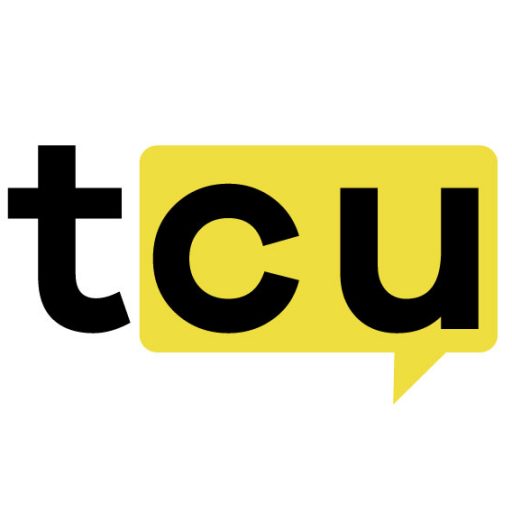Understanding the DeFi Awareness Gap
A recent national study from the DeFi Education Foundation reveals something interesting about American financial awareness. While about 18% of Americans have owned or used cryptocurrency at some point, only 3% have actually heard of “decentralized finance” or DeFi. That’s quite a gap when you think about it.
I find it fascinating that despite this low awareness, the research shows Americans are actually interested in what DeFi technology can offer. More than half agree we should have ways to send money digitally without third parties involved. People seem to want the benefits even if they don’t know the terminology yet.
What Exactly is DeFi?
DeFi stands for decentralized finance, which is essentially a system of financial applications that lets individuals maintain full control over their financial transactions online. No middlemen like credit card companies, no banks acting as intermediaries. It’s all built on permissionless blockchains – those decentralized digital ledgers that securely record transactions across computer networks.
You can think of Bitcoin as the first example of a decentralized finance asset. Other DeFi assets include things like Uniswap for crypto trading and Aave for lending and borrowing digital assets. It’s sort of like a sector within the broader crypto universe.
Most people don’t understand how the internet’s underlying code works, but they still invest in tech stocks. Similarly, many won’t need to understand DeFi’s technical details to explore the investment opportunities it presents.
Growing Frustration with Traditional Finance
The research uncovered something telling about people’s attitudes toward traditional banking. Fewer than half of Americans feel the current financial system meets their needs. That frustration seems to be driving interest in alternatives.
About 42% of respondents said they’d be likely to try DeFi if proposed legislation passes, using it for purchases, bill payments, and saving money. That suggests people are looking for trusted alternatives in financial services as technology evolves.
The Next Phase of DeFi Growth
According to Sam Boboev from Fintech Wrap Up, the biggest driver of DeFi’s next phase is the tokenization of real-world assets. On-chain U.S. Treasury tokenization grew over 700% year-over-year, reaching $1.2 billion in value locked. Institutions are finally entering DeFi – not for speculation, but for yield and efficiency.
Stablecoin volumes exceeded $9 trillion annually, and tokenized assets are becoming the new collateral backbone. The next frontier appears to be regulated DeFi, where permissioned pools and KYC-enabled protocols merge institutional trust with DeFi’s liquidity and transparency.
AI is also reshaping DeFi by bringing autonomous decision-making to finance. Smart agents now rebalance liquidity pools, manage collateral ratios, and forecast market shifts in real time. This convergence of AI and DeFi is creating self-optimizing financial ecosystems where AI agents operate treasuries and execute trades.
Financial professionals have a unique opportunity here. With DeFi adoption still in early phases and new digital asset ETPs providing regulated exposure to DeFi assets, those who can provide clarity and credible research about crypto sectors like DeFi will be well-positioned for the next generation of investors.
Perhaps the most important takeaway is that Americans are increasingly curious about emerging technologies, and financial professionals can help clients construct portfolios ready for the future. The research provides concrete data that can make these conversations more actionable.
![]()


